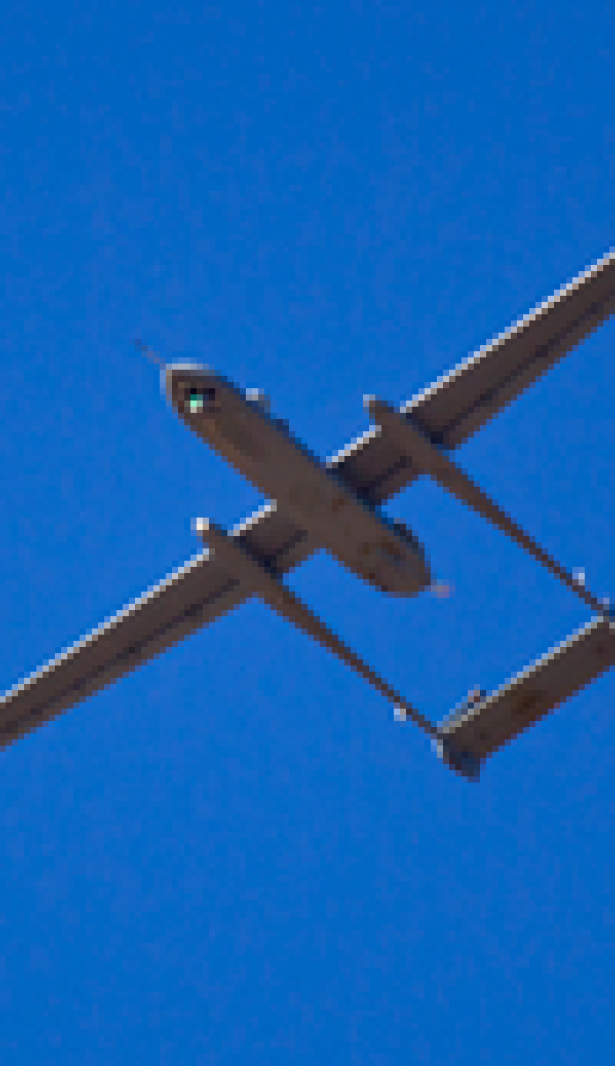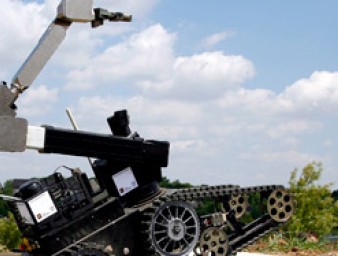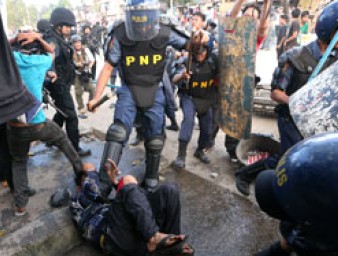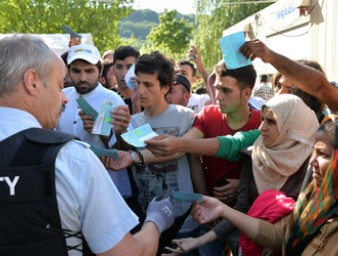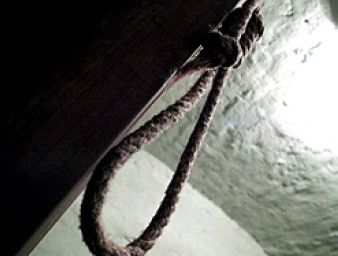Armed drones: calls for greater transparency and accountability
20 October 2014
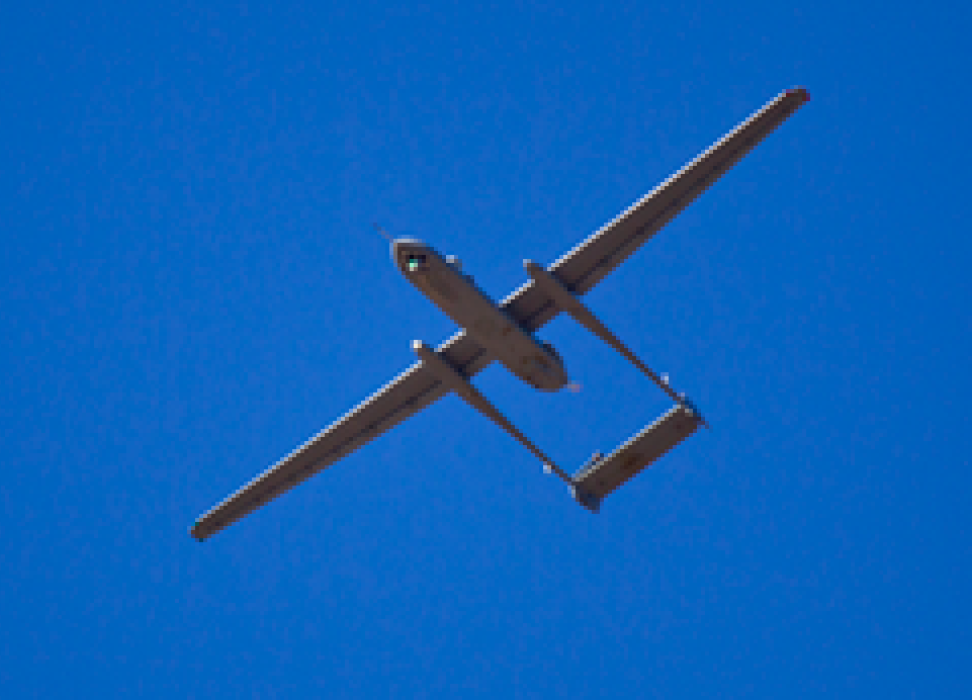
In a wide-ranging discussion at the Human Rights Council, many speakers voiced concerns about the impact of the use of armed drones on human rights, in particular the right to life. Many contributors to the discussion said States using these weapons technologies should be more transparent and accountable, noting that all measures to counter terrorism must comply with international law, including international human rights law.
Deputy High Commissioner Flavia Pansieri, in her opening remarks, said States have the duty to protect individuals from terrorist acts, but any measures taken must be consistent with international human rights law. She said that international human rights law applies at all times, including in situations of armed conflict. Under the human right to life, the intentional use of lethal force is lawful only in a law enforcement context, when an individual poses an imminent threat to the life of another, where the use of lethal force is strictly unavoidable to protect life, and where other, less lethal, measures -- including restraint, capture, and the graduated use of force – cannot be employed.
The Deputy High Commissioner also underscored the importance of transparency and accountability, which are key to ensuring that victims of human rights violations can enjoy their right to justice and to an effective remedy.
Ben Emmerson, the Special Rapporteur on the protection of human rights and fundamental freedoms while countering terrorism, agreed that under international human rights law, the targeted killing of individuals can almost never be lawful. He emphasized that the single greatest obstacle to an evaluation of the impact of armed drones on civilians is lack of transparency. He also recalled that the International Covenant on Civil and Political Rights applied to the use of force by States outside of their territory and this applied also to the use of drones.
Shahzad Akbar, from the Foundation for Fundamental Rights, said the first step in achieving accountability was to identify victims of drone attacks, “those on the other side of the missile”. The Foundation, he said, had spent the past four years putting names and faces to those killed by drones. He highlighted the need for greater transparency on the part of States using armed drones, as well as the need for investigation where the right to life, the most fundamental human right of all, had been violated.
Christoph Heyns, the Special Rapporteur on extra judicial, summary or arbitrary executions, participating in the discussion, said at issue was not the legality of drones, as such, but the compliance of their use with international law. Heyns recalled the conditions for the legality of the use of lethal force, and the need for transparency and accountability in the use of drones. He said the legal principles with respect to the use of armed drones are well established, noting that the law should not follow drones, but rather that the use of drones must follow the law.
Pardiss Kebriaei, from the Centre for Constitutional Rights said the most important thing to remember in considering the right of remedy for victims in this context was that in cases where a wrong might have been done, the harm was irreparable. She highlighted the plight of victims trying to bring their cases to court due to various legal, judicial and practical obstacles. She noted that this often leaves victims unable to even be heard in court and without hope for any justice to be served.
Representing the International Commission of Jurists, Alex Conte said States had inappropriately used the war paradigm to contextualize counter-terrorism operation, He said that armed drones are not always used in situations of armed conflict, as defined under international law, and that a careful assessment must be made as to whether any particular situation does rise to the level of armed conflict. When armed drones are used outside of a situation of armed conflict, domestic law and international human rights law are the primary and often exclusive laws that apply
On the human rights impact of drone strikes, Pansieri said irrespective of claims related to their accuracy the use of armed drones instils fear in affected communities. “In some situations, drone strikes have crippled the daily life of the society affected, and have compromised the enjoyment by individuals of rights including to peaceful assembly; freedom of association; freedom of religion; to education and to health, among others,” she said.
20 October 2014
